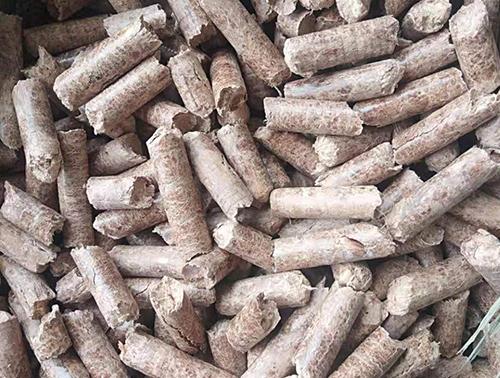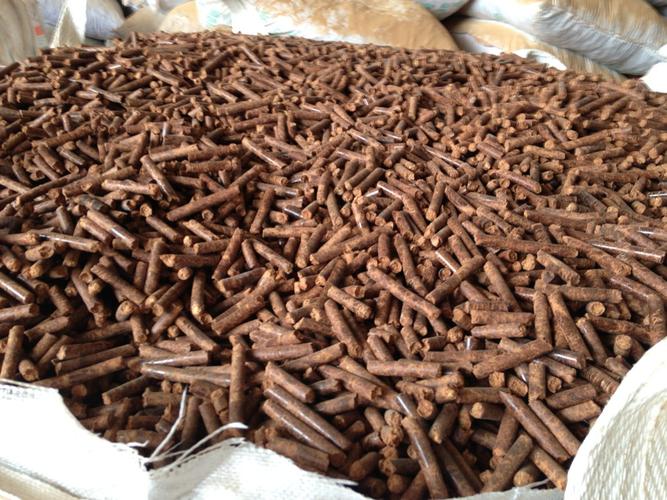Biomass pellet fuel is an environmentally friendly boiler fuel. It is mainly made of raw materials such as wood chips, which are machined into cylindrical particles with a diameter of 8 mm and a length of about 3 cm. It is mainly used to replace coal for clean combustion.
High moisture does not mean that there are many impurities. If the moisture content of biomass pellet fuel is too high, it cannot be processed into shape. Basically, the moisture content of biomass pellet fuel that can be processed will not be too high, probably in the range of ≤8, and the ash content is after combustion. For residual ash, the lower the ash content, the higher the calorific value, and the better the quality.
One: Look, we can roughly distinguish the quality of biomass pellets by looking at them, as well as the materials used for the pellets. For example, pellets processed from Pinus sylvestris are currently the best quality biomass pellets. Ash content At about 0-1%, the low calorific value is about 4300 kcal, the mahogany pellet fuel, the ash content is about 0-1, the low calorific value is about 4300 kcal, and the quality is the same as Pinus sylvestris. For miscellaneous wood pellet fuel, the ash content is about 3-5%, the low calorific value is about 3900-4100 kcal, the ash content is high, it is easy to coke, and the color is dark. The value is about 4200 kcal, the quality is only inferior to mahogany pellet fuel, and higher than miscellaneous wood pellet fuel.

Two: Smell, we can smell the taste of each biomass particle is different, such as Pinus sylvestris sylvestris, mahogany, pine wood pellet fuel, the smell of pine is relatively strong, and miscellaneous wood pellet fuel does not have this smell. If you use rotten wood processing For example: the bag of shiitake mushrooms that have been planted, the first calorific value is not high, and the second has a rotten taste.
Three: Soak, directly grab a handful of biomass pellets and soak them in boiling water. Boiling water can quickly make the wood pellet fuel absorb water, and then disperse so that we can directly see the biomass pellets. The materials used in biomass particles are pure or impure, and the impurities are large or small.
